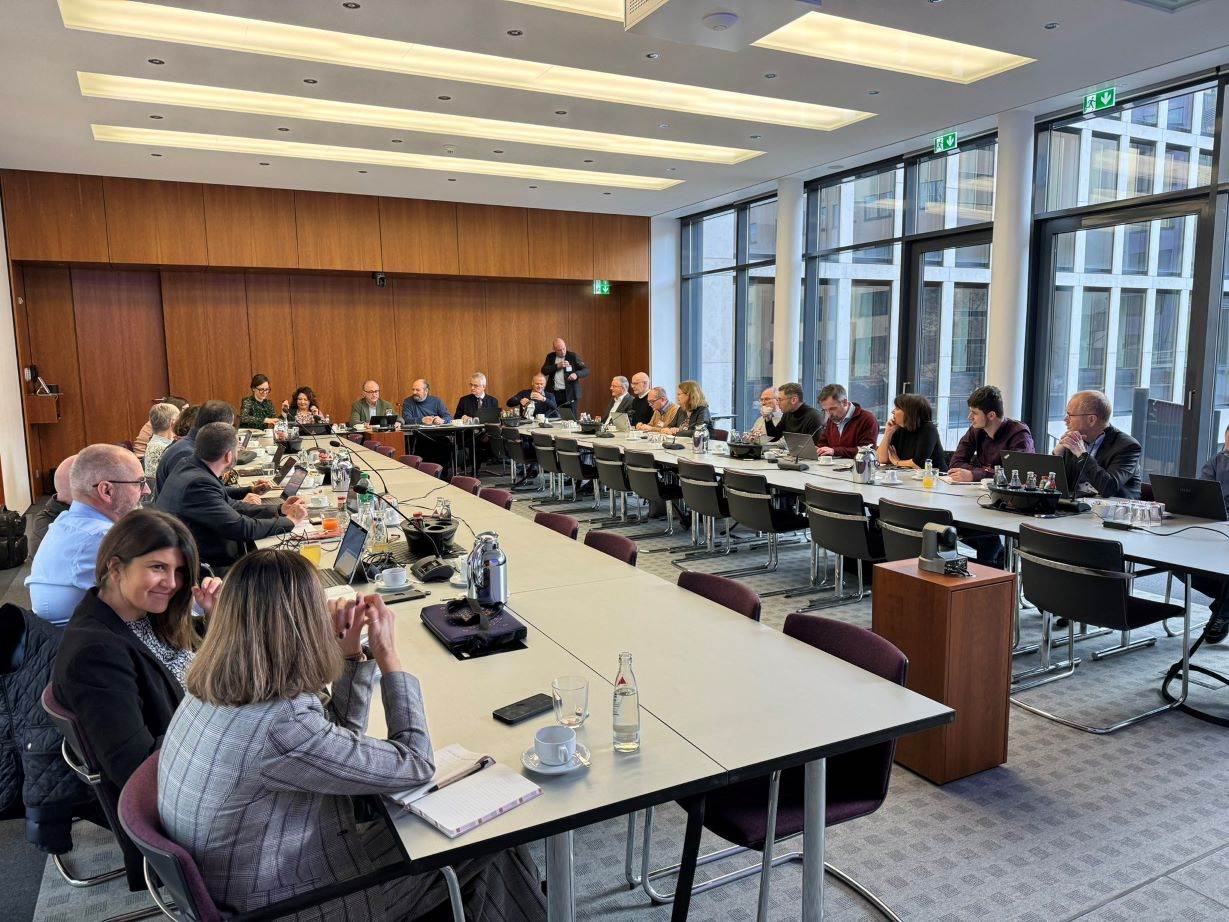Leather carbon footprint study highlights “influencing sectors”

COTANCE has unveiled the results of the EU bovine leather carbon footprint study at a workshop held in Frankfurt on January 25.
The study provides pivotal data that will help tanneries measure their carbon footprint against the European Union average.
Presentation of the overall results of the GreenDealLeather Report will take place in Brussels on May 16.
COTANCE president Manuel Rios said: “We want people to understand that the carbon footprint of high-quality leather also reflects the technology behind it. The actual environmental impact of leather depends, after all, on the duration of the service, in which leather champions”.
COTANCE secretary general, Gustavo González-Quijano added: “This is the first study of its kind at the European level. The study has shown that reducing environmental impact involves less focus on the tanning process itself and more on influencing related sectors, such as agriculture and chemicals”.
The Frankfurt workshop highlighted the revised ECO2L tool, developed by the German Leather Federation (VDL) to measure and reduce the carbon footprint of leather. VDL has been working in this area for the past 12 years, and ECO2L builds on their previous efforts.
In 2012, VDL introduced ECO2L as a label to showcase finished leather as being "energy controlled," which is where the name came from. This label represents precise calculations of energy efficiency and carbon emissions of leather manufacturing facilities. To obtain ECO2L certification, tanneries in Germany have to undergo regular audits.







